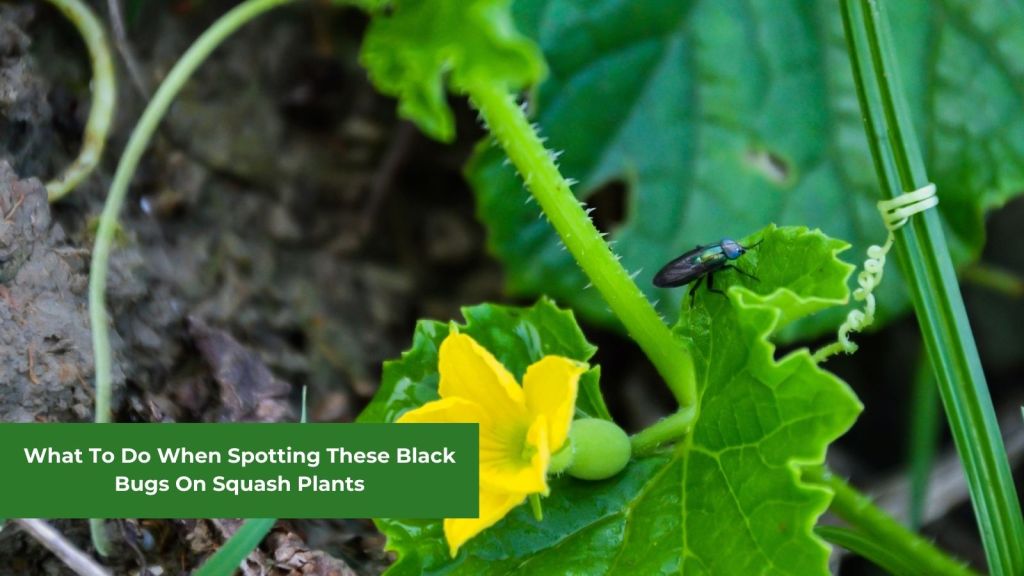As the summer sun warms our gardens, the joy of seeing our squash plants thrive is a beautiful feeling. But within this picture-perfect scene, there might be a hidden issue. Imagine spotting little red bugs gathering on the leaves and stems of your squash plants. Although they’re small, they can cause big problems. This article explores these red bugs and why noticing them on your squash plants is important.
If you see those little red spots like bugs, they are probably eggs/ nymphs of squash bugs or some red aphids (aphids have multiple colors).
#1. Squash Bug Eggs & Nymphs
Squash bug nymphs are young squash bugs that haven’t fully grown. They start small and have a red body with black legs. As they age, they turn gray or brown and develop black markings. You can find them in groups on the undersides of squash plant leaves.
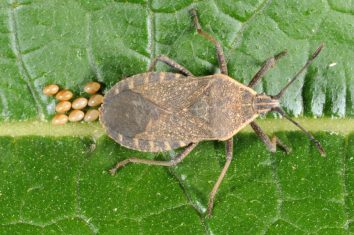
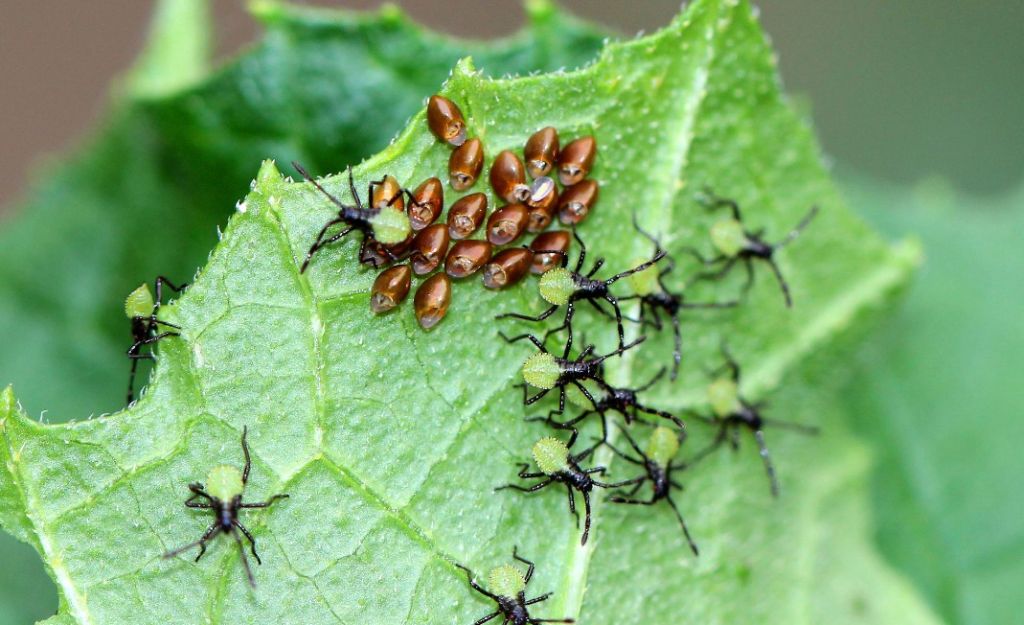
Squash bugs also lay red-colored eggs. These eggs are tiny and shiny, and usually laid in neat rows on the leaves or stems of squash plants.
It’s essential to watch for both the nymphs and the red eggs. The nymphs can harm the plants by feeding on their sap, making the leaves wilt, turning yellow, and stunting growth. Removing the egg clusters can stop the nymphs from hatching and causing problems.
Reference: Squash Bug, Anasa tristis – University of Wisconsin-Madison
#2. Red Aphids
If you see red aphids on your squash plants, it’s essential to take action. These minor bugs can cause trouble by sucking out the plant’s juices. They usually hang out on the undersides of leaves and young stems, and their feeding can make leaves twist, turn yellow, and not grow properly. They also leave behind sticky stuff called honeydew that ants like, which can make a black mold grow on the plant.
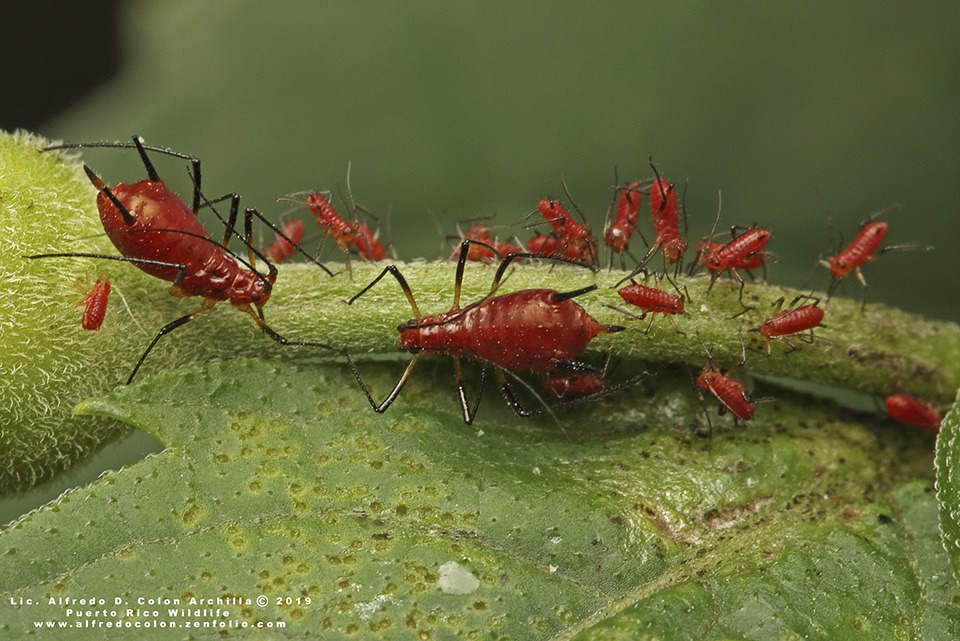
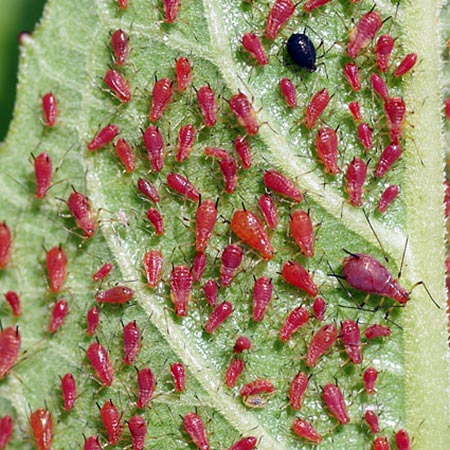
To deal with them, keep an eye on your plants often. You can spray water on them to knock the aphids off. Ladybugs are good bugs that eat aphids, so if you see them around, that’s a good sign. If things get worse, you should use unique soaps or oils that are made to stop bugs like these. Remember, the quicker you act, the better chance you have of saving your squash plants from these red aphids.
Reference: Aphids in home yards and gardens | University Of Minnesota Extension.
A Few Final Words
So, watch for those red bugs on your squash plants the next time you’re in your garden. Remember to underestimate their impact just because they’re small. By staying watchful and taking steps to control them, you can keep your squash plants healthy and your garden thriving. Your efforts will pay off in a beautiful and fruitful garden all summer.
More about bugs on squash plants? Here are a few suggestions for your next read:
















![[GHC Featured Image] Pay Attention When Finding These Red Bugs On Squash Plants red bugs on squash plants featured image](https://greenhousecenter.net/wp-content/uploads/2023/08/GHC-Featured-Image-Pay-Attention-When-Finding-These-Red-Bugs-On-Squash-Plants-696x392.jpg)
